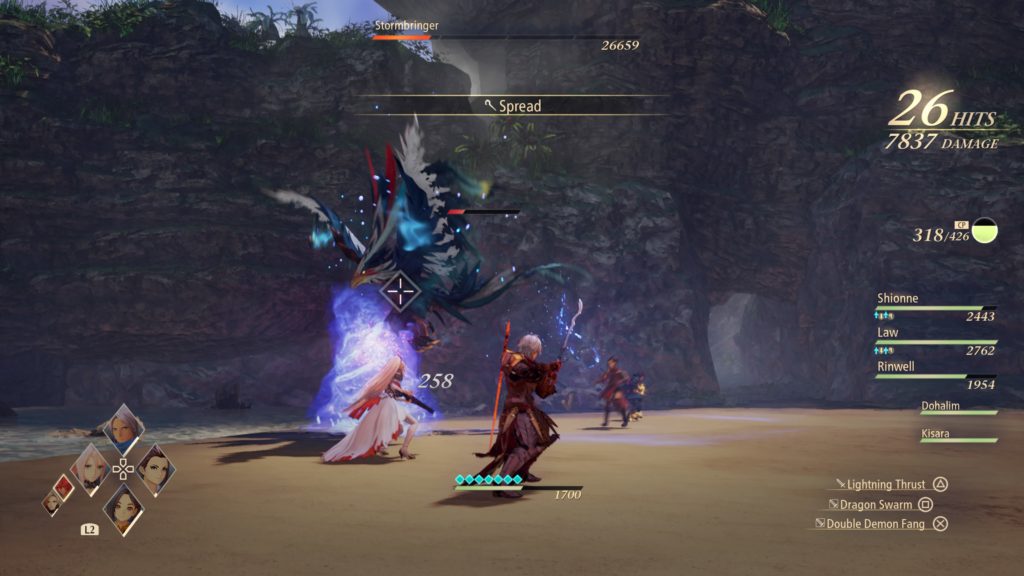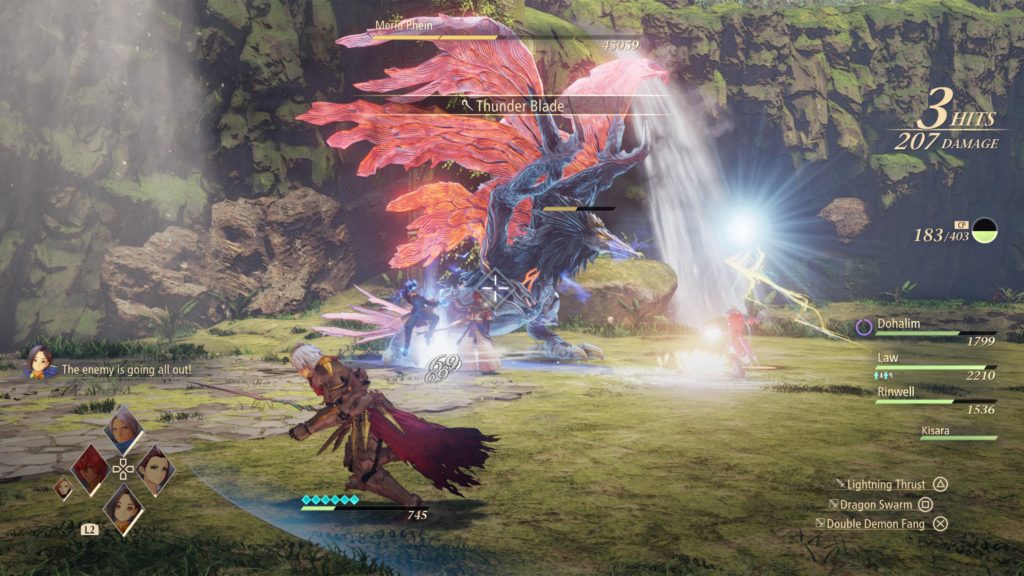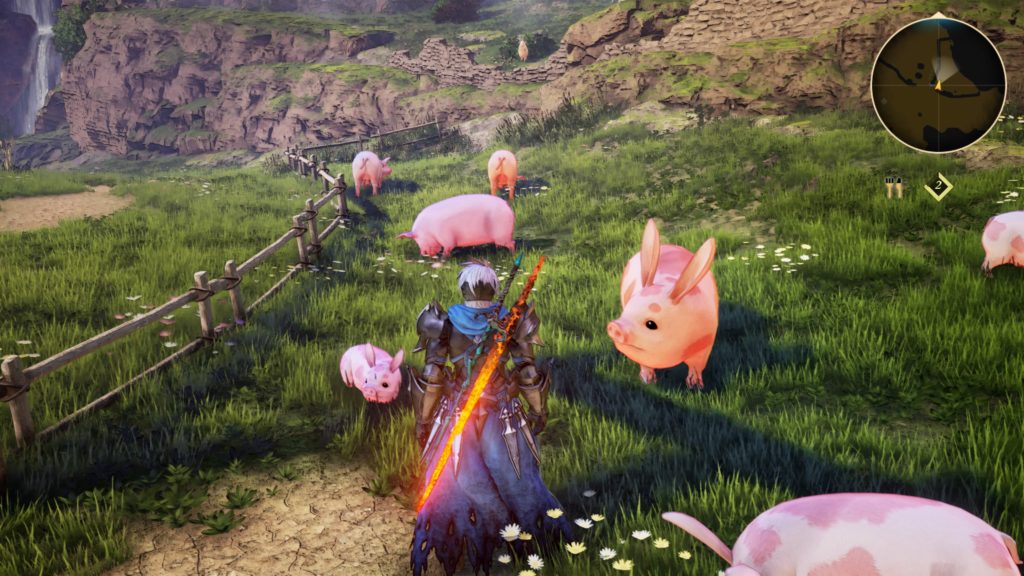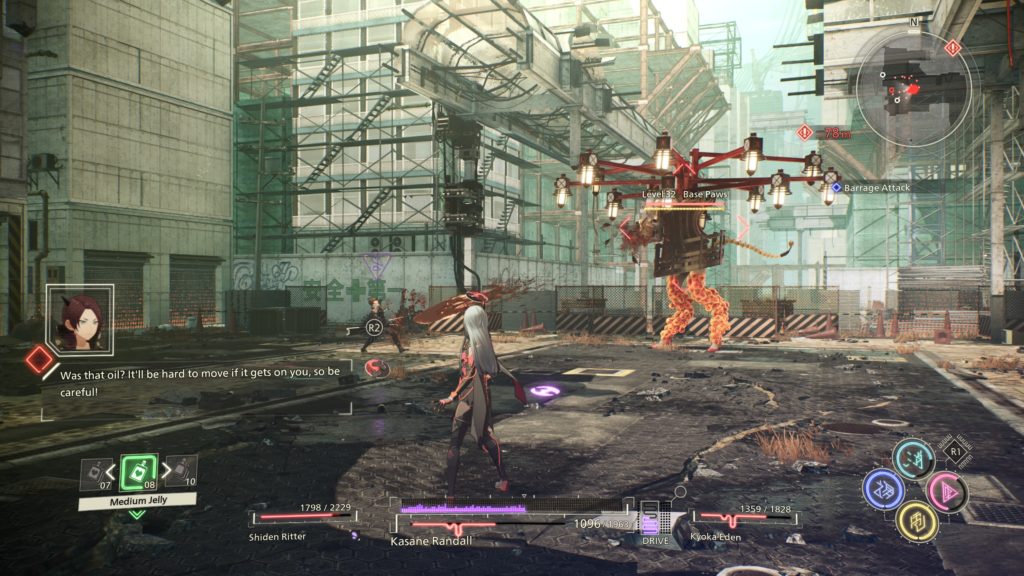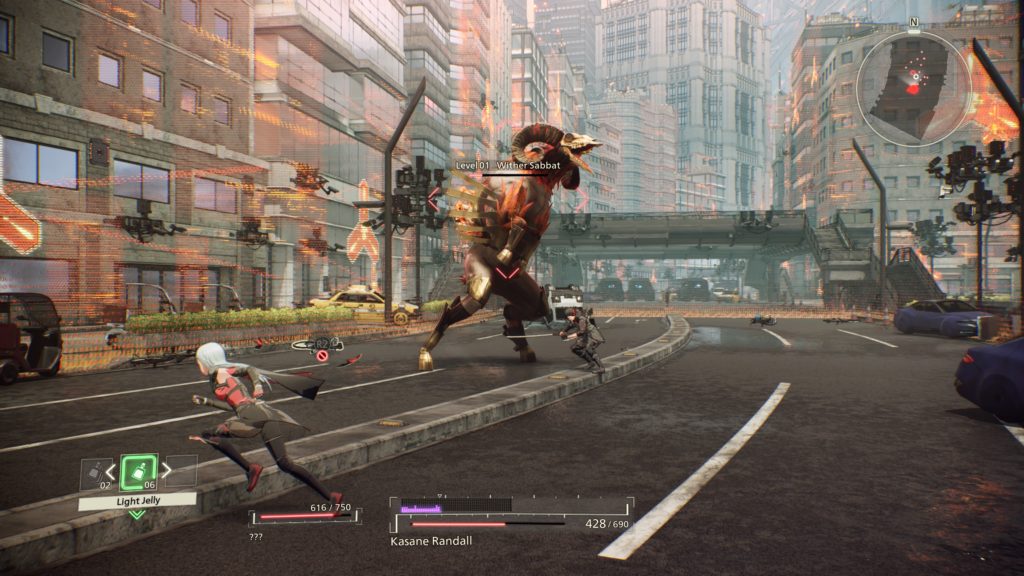- Genre: Arcade Racing
- Platform: PS5
- Also Available On: Windows, Switch, PS4, Xbox One, Xbox Series
This is just a stupid fun game. It’s not deep. It’s not going to hold your attention for long. What it is is stupid fun. You’re going to hop into an event, drift around like an idiot, probably fall off the track a few times, probably want to kick the rubberband AI in the dick, and keep going back for more. It’s just that kind of game.
Precisely what I meant to do... pic.twitter.com/PzAjFhAszT
— Dan Weiss (@schenksmill) October 4, 2021
This is as good a gif to describe the game as any. I spent a lot of time drifting and boosting in this game, and it’s kind of core to the experience. You boost to keep your speed up and you drift to get your boost up, so there’s a lot of time spent trying to alternate between the two and not really spend time simply driving. In a lot of ways it’s reminiscent of Ridge Racer, albeit with a weird visual scale. Like Ridge Racer, it’s helped by the fact that the drifting is distinctly fun. It’s got the right amount of looseness that makes it feel slightly out of control. However, it also gives you the ability to modify your drift mid-turn giving you some precision capability. That bit of flexibility really allows for long duration drifts through varied courses in a way that feels far more natural than I expected.
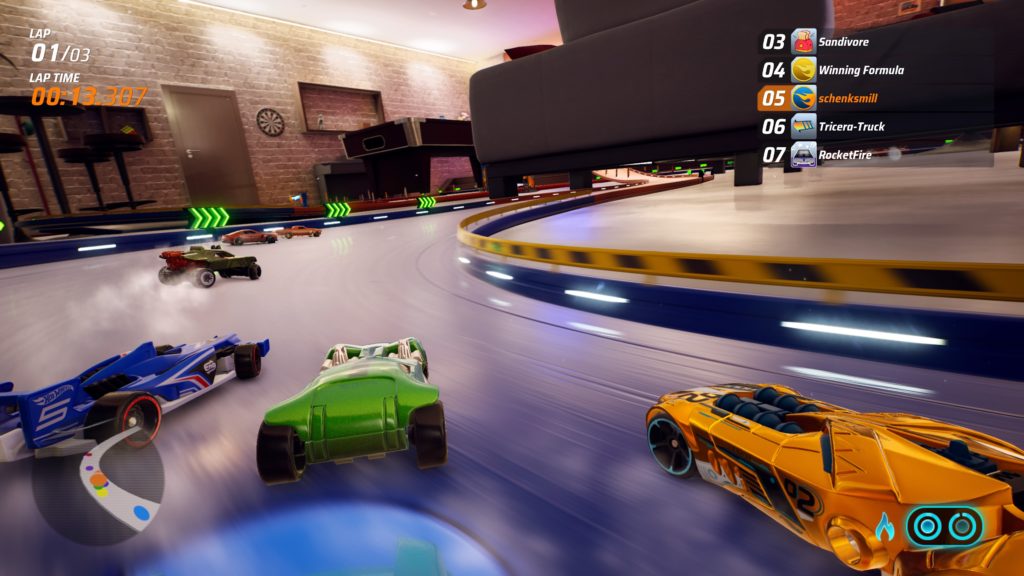
If it was just fun though, I don’t think I would have ever really picked up the game. There’s enough arcade racers that I really don’t need to jump into them that much. Through all of this I was generally just constantly baffled by the fact that the game exists in such a high quality form. There’s just so many things that mask the fact that this is ultimately hot a huge AAA production that are all extremely smart but also impressive to see in use.
Let’s start with the tracks themselves. There’s 5 main themes which may not sound like a lot but is more than enough. The themes themselves have a ton of useable space within them. As an example, there’s a construction theme with a ton of vertical space. Some of the tracks in theme have you at ground level, zipping around equipment and debris. Others have you up in the rafters going along beams and supports or using magnet tracks to zip around on the ceiling. In that regard, they get a ton of mileage out of a small amount of themes. The tracks have some background level of familiarity, but have a much different feel just based on how the track is sent through the environment. This is combined with a high potential to really find shortcuts via boosts and launches to make the racing feel extremely dynamic and different with each race.
The vehicles themselves also just have a ton of detail in them, both in gameplay and non-gameplay bits. The level of detail in the vehicles is astounding. The way they modeled the various surface materials is fantastic. Visually speaking, there’s a ton of difference between the plastics, metals, different paint types and more to where these just look incredibly realistically like their in-hand counterparts. However, at the eye level of a race, these look like they are driveable cars.
The detail extends to the gameplay level though, and the balance act here is impressive. The cars all run from the same general stat pool, so you would think that a high speed, high acceleration car is generally going to be the way to go. However, the slower cars are also generally the ones that have more boost availability, so they have a lot of potential to really keep up with the pack in the hands of a player comfortable with drifting. To some extent, the shape of the car is also a factor. I really fell in love with a wedge-shaped little roadster, and if I hit my boost right, I could go underneath cars in front of me and launch them off the track. It was a nice bonus to my selection that was inherent to the car, and not necessarily something obvious that came out of stats.
I love drifting focused arcade racers. pic.twitter.com/C7379Gs0IS
— Dan Weiss (@schenksmill) October 3, 2021
This is a game that punches far above its weight. It’s an inherently AA-priced licensed racing game, but it’s so much better than that. It has such an ability to just be picked up and played, then played for far longer than was intended without growing old. It’s got a great drift model combined with fun vehicles and even more fun track design. It’s got a light heartedness in its theming that really just comes out of it being based on a kid-focused license, but has such a quality that any fans of arcade racing – particularly drift focused racing – will be able to have a lot of fun. It’s just the surprise of the year for me.
Also…..that map design 😍


